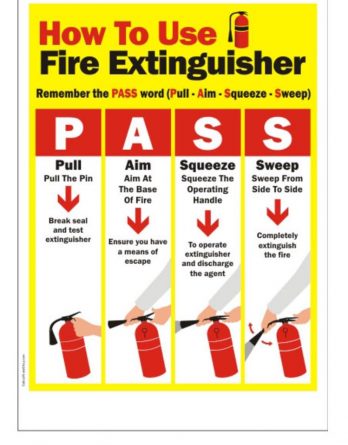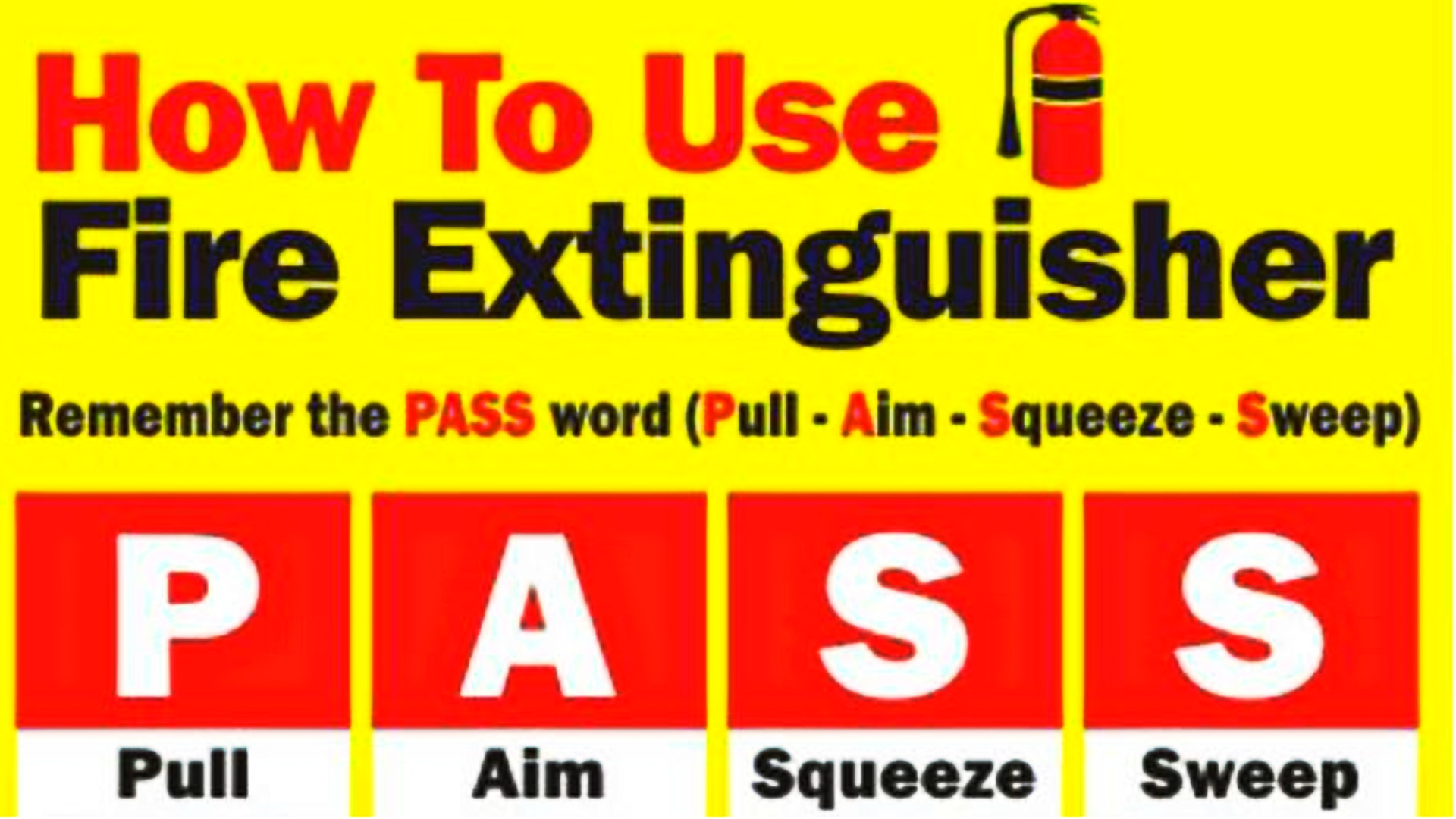It is important to know how to use a Fire Extinguisher at home because many families in PNG, especially those with modern homes lose their homes to fire every year. Here is a how-to-do-it information you need to know.
Fact
Poor maintenance and incorrect usage of fire extinguishers in the home are two key reasons small house fires can spread endangering lives and causing considerable damage to properties. House fires can be under control within the first few minutes of ignition if attended to correctly with an extinguisher that is well maintained. This will buy valuable time before the Fire Brigade arrives.
How to operate a fire extinguisher
There are a number of different types of portable fire extinguishers and each can be identified by the color coding and labeling. Check that the extinguisher you intend to use is suitable for the type of fire encountered for example a water extinguisher must never be used on any fire involving electrical equipment. There are four (4) basic steps for using modern portable fire extinguishers.
The acronym PASS is used to describe these four basic steps.
- Pull (Pin)
Pull the pin at the top of the extinguisher to break the seal. When in place, the pin keeps the handle from being pressed and accidentally operating the extinguisher. Immediately test the extinguisher. (Aiming away from the operator) This is to ensure the extinguisher works and also shows the operator how far the stream travels - Aim
Approach the fire standing at a safe distance. Aim the nozzle or outlet towards the base of the fire. - Squeeze
Squeeze the handles together to discharge the extinguishing agent inside. To stop discharge, release the handles. - Sweep
Sweep the nozzle from side to side as you approach the fire, directing the extinguishing agent at the base of the flames. After an A Class fire is extinguished, probe for smouldering hot spots that could reignite the fuel.
See image below for more information.



